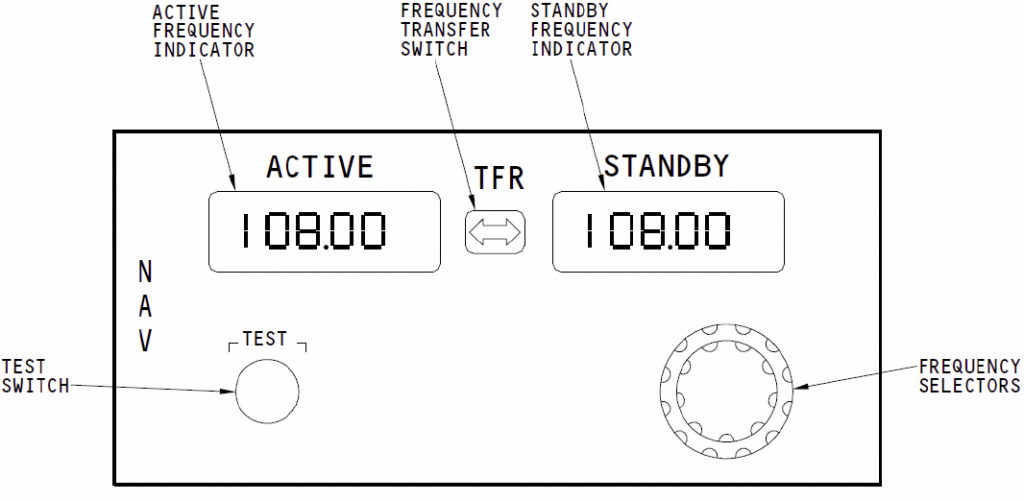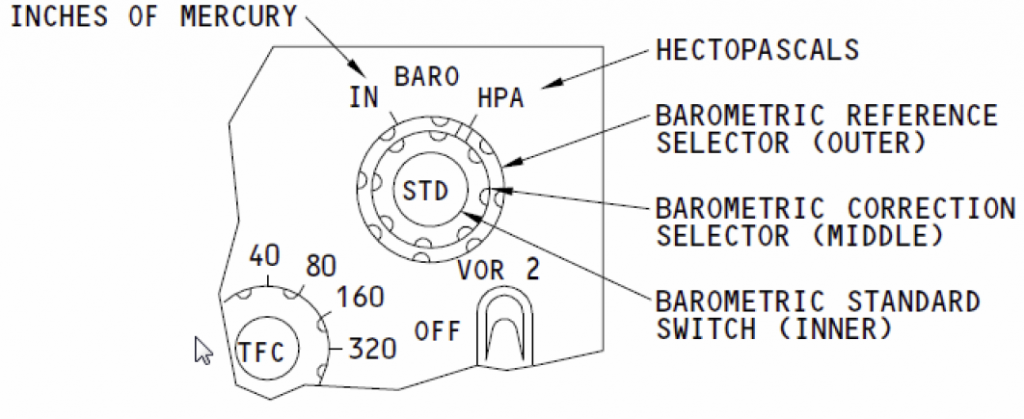 The FAA on December 13, 2016 issued InFO 16022, advising pilots of the potential for errors in making selections in avionics and other systems equipped with concentric control knobs. Anyone with modern avionics in their aircraft is likely familiar with avionics utilizing concentric control knobs. Designed to save panel space, concentric knobs stack two or more rotating knobs that perform multiple functions. InFO 16022 highlights a drawback to this design most of you are probably already aware of: settings/selections can be inadvertently changed. The InFO cites several examples from safety reports including one where a pilot attempted to change the navigation course selected and inadvertently changed the barometric altitude setting instead.
The FAA on December 13, 2016 issued InFO 16022, advising pilots of the potential for errors in making selections in avionics and other systems equipped with concentric control knobs. Anyone with modern avionics in their aircraft is likely familiar with avionics utilizing concentric control knobs. Designed to save panel space, concentric knobs stack two or more rotating knobs that perform multiple functions. InFO 16022 highlights a drawback to this design most of you are probably already aware of: settings/selections can be inadvertently changed. The InFO cites several examples from safety reports including one where a pilot attempted to change the navigation course selected and inadvertently changed the barometric altitude setting instead.
How They Work
In one familiar design, operator turns the larger, outer concentric knob to select a value on a display, and the inner, smaller knob to change it. But because there are no standards, manufacturers are free to implement concentric knob controls as they choose.  In the implementation depicted at left (a NAV frequency tuning panel), the outer knob of the FREQUENCY SELECTORS changes the value of the second two digits (10 MHz and 1MHz) in the STANDBY window in 1 MHz increments, while the inner knob changes the value of the fourth, fifth, and sixth digits (100 kHz, 10 kHz, and 1 kHz) in 25 kHz increments. In this example the pilot moves the frequency selected in the STANBY window to the ACTIVE window by pressing the TFR (tranfer) button. In other implementations the pilot transfers the frequency by pressing the inner, smaller knob.
In the implementation depicted at left (a NAV frequency tuning panel), the outer knob of the FREQUENCY SELECTORS changes the value of the second two digits (10 MHz and 1MHz) in the STANDBY window in 1 MHz increments, while the inner knob changes the value of the fourth, fifth, and sixth digits (100 kHz, 10 kHz, and 1 kHz) in 25 kHz increments. In this example the pilot moves the frequency selected in the STANBY window to the ACTIVE window by pressing the TFR (tranfer) button. In other implementations the pilot transfers the frequency by pressing the inner, smaller knob.  The potential for errors increases with complexity. The example at right depicts one manufacturer's implementation, with three stacked knobs to set BARO values. Many manufacturers use a single set of concentric knobs to perform multiple functions, depending on the screen or function selected by other panel controls. While this allows control of different systems or devices using the same control knobs, thereby saving precious panel space, it increases the potential for unwitting errors. If the operator isn't careful to observe exactly what's happening on the display for the system or device they are attempting to control they may inadvertently change settings in an unrelated system. Among the common dangers cited by the FAA are:
The potential for errors increases with complexity. The example at right depicts one manufacturer's implementation, with three stacked knobs to set BARO values. Many manufacturers use a single set of concentric knobs to perform multiple functions, depending on the screen or function selected by other panel controls. While this allows control of different systems or devices using the same control knobs, thereby saving precious panel space, it increases the potential for unwitting errors. If the operator isn't careful to observe exactly what's happening on the display for the system or device they are attempting to control they may inadvertently change settings in an unrelated system. Among the common dangers cited by the FAA are:
- Mechanical interference between two concentrically-centered knobs;
- Pilot accidentally rotating two knobs at once as a result of finger positioning errors and/or finger slippage; and
- Pilot inadvertently selecting the wrong knob and subsequently fails to make appropriate corrections or fails to detect the inadvertent selection.
The FAA is urging collaboration between directors of safety, directors of operations, fractional ownership program managers, training managers, flight instructors and aircraft owners and pilots in increasing awareness of the potential for inadvertent errors in while setting avionics and other systems equipped with concentric control knobs. Training should stress diligence in operating concentric controls, and in checking for unintentional changes to unrelated systems. Click here to read FAA InFO 16022. For questions/comments contact the FAA's Aircraft Maintenance Division, AFS-300 at (202) 267-1675.
